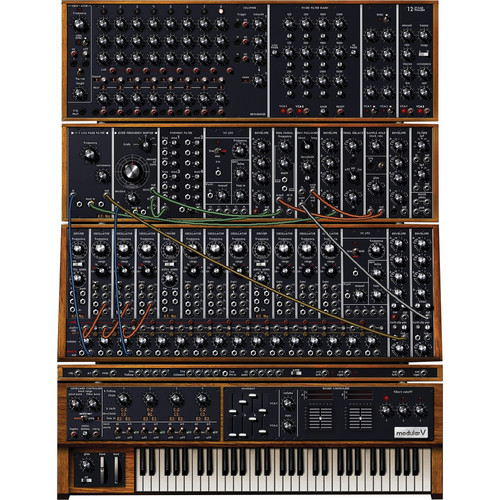


Lastly, everything is processed with really heavy compression that favours fatness over dynamics. This allows software instruments to sound more "real," and also gives the mixes a bright, driven sound. Although this makes the solo tracks sound thin, it makes them sit in the overall mix very well.įollowing the aggressive EQing, things are run through light distortion or re-recorded through speakers to give them added grit. Many of the leads have very narrow bands where they sit in the mix, with everything above and below filtered out. To emulate the sound, use high- and low-cuts to place every track in its own area of the frequency spectrum. This was a sound he perfected while working with The Flaming Lips on albums such as The Soft Bulletin and Yoshimi Battles the Pink Robots, and these records were likely a big reason that MGMT decided to work with Fridmann. I used Soundtoys Decapitator with drive set to 6 and the tone knob set halfway to bright.Ī big part of MGMT's sound comes from producer Dave Fridmann's mixing technique, which uses aggressive EQing and generous amounts of distortion. Triangle waves can generally be pushed a little harder before they start to break up, so don't be afraid to push the saturation hard for a nice, bright sound. EQ and saturation play a big part in the final sound, so add a low-cut set to around 800Hz to filter out some of the low-end, and add some saturation. Leave the envelopes wide open with full sustain. To thin out the sound whilst keeping it bright, lower the cutoff frequency to the 1 mark (1950Hz) and raise emphasis to 6. Then, bring the volume of the rectangular wave down to 3 to achieve a smooth blend of the two oscillator sounds. To program the patch in Arturia Mini V, use two oscillators, both tuned to 8', with one set to a narrow rectangular wave and the other set to a triangle wave. The synthesizer lead in "Kids" is the song's primary hook, and the straightforward melody is played on a synth patch reminiscent of a children's fairground organ.


 0 kommentar(er)
0 kommentar(er)
